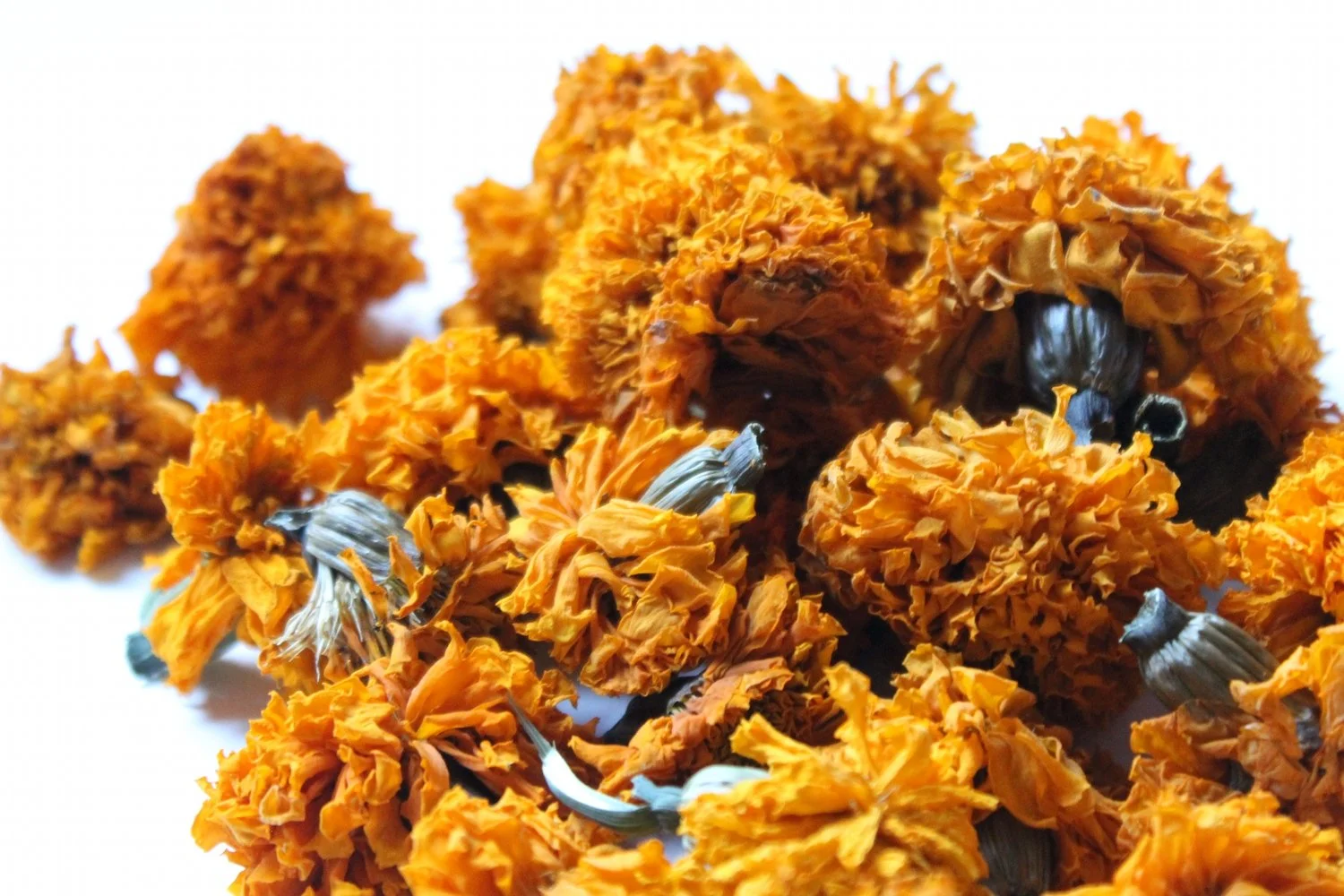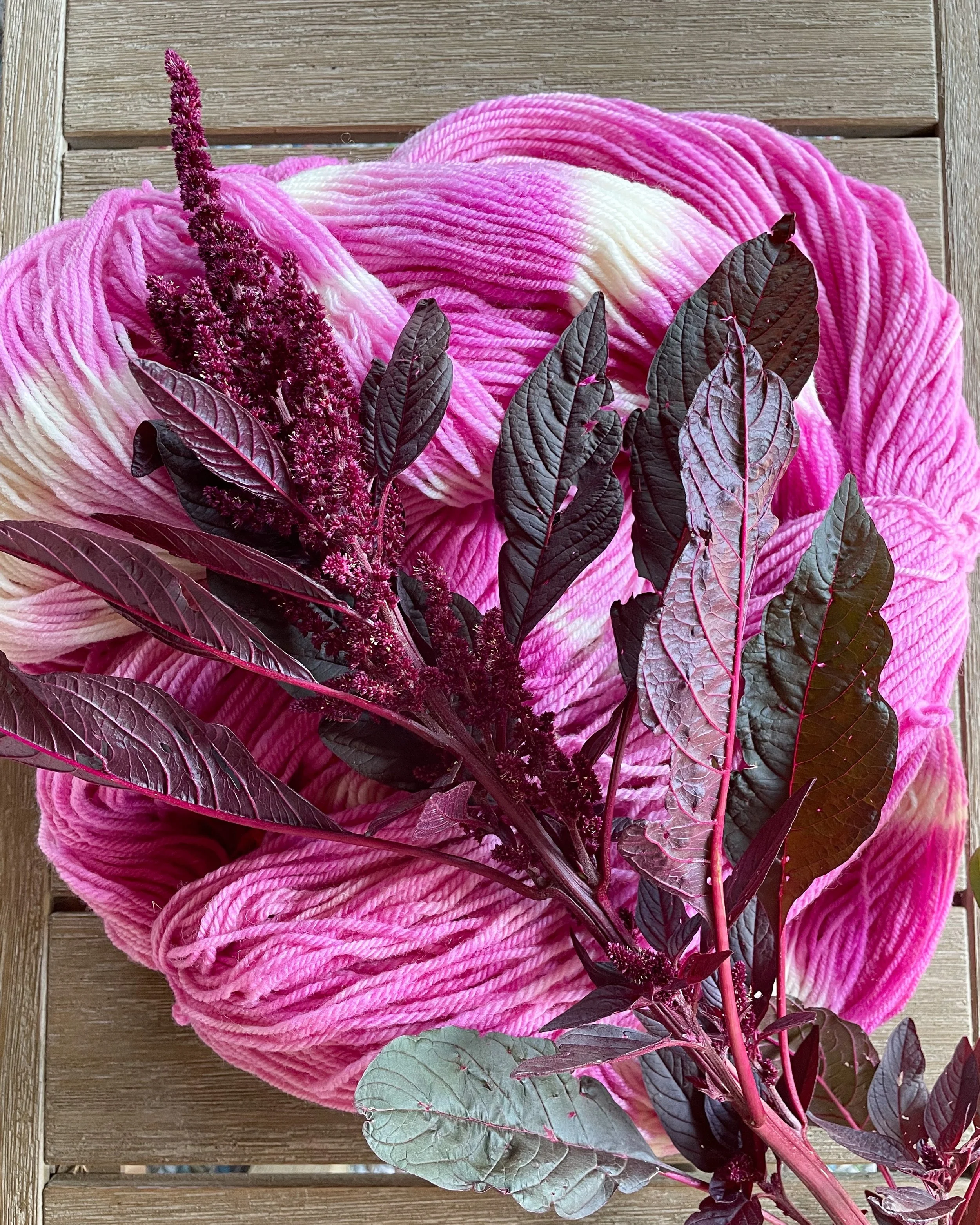KnittyVet’s Garden Yarn
Natural dye seeds, materials, and plant dyed yarn
Walnut - Marigold - Coneflower
Kendra Dauenhauer
Shoreview, MN
Offering: Locally grown plant dye material, seeds, and plant dyed USA grown yarn
Kendra is the plant grower, dyer, and fiber artist behind KnittyVet's Garden Yarn, a micro-scale suburban farm and natural dye studio. A long-time knitter, yarn enthusiast, nature lover, and gardener, a chance encounter with a book about natural dyes led to an epiphany that she could actually combine a several of her favorite things. Since then Kendra has been expanding her garden, knowledge and dyeing techniques to share the joys of natural dye.
The Garden Yarn process starts in the earth with seeds carefully gathered, saved and tested. Mainstays of the garden are woad, madder, rudbeckia, marigolds, dyer's coreopsis, Japanese Indigo and Hopi red dye amaranth, but Kendra is always experimenting and trialing new plants. The flowers and leaves grown go on to be the dye material used in fiber dyeing as well as a source of renewable seeds and compost for the next year. All plants are grown using organic methods with companion planting, mulching, and low-watering techniques wherever possible. Many dye plants also turn out to be favorites with pollinators, so the garden is a consistently buzzy place!
The humble mulberry tree, another plant grown in the backyard, leads to the fiber actually produced at Garden Yarn - silk! Kendra raises silkworms (Bombyx mori) for no-kill silk cocoons. Although small scale so far, local silk is now part of the fibershed.
Additional dye materials are sustainably foraged from the landscape around the fibershed, using local colors in the seasons available. This includes coaxing colors from invasive plants, creating a use for materials otherwise discarded. The dye processes for Garden Yarn are some of those that have been used for hundreds of years, and the history and breadth of knowledge of previous natural dyers is a constant inspiration. New dye processes are approached with a scientific thought process and eye to sustainability, safety, and dye fastness. Additional water-saving and re-use techniques are also incorporated into the dyeing procedures. Wool is 100% USA sourced, with emphasis on local fiber growers.
In addition to seeds, dried dye materials, and naturally dyed yarn Kendra also offers talks and workshops on several aspects of natural dyeing. She loves to connect with fellow fiber and plant dye enthusiasts both near and far and firmly believes that everyone can partake in the joy and sheer magic of natural dye.

























